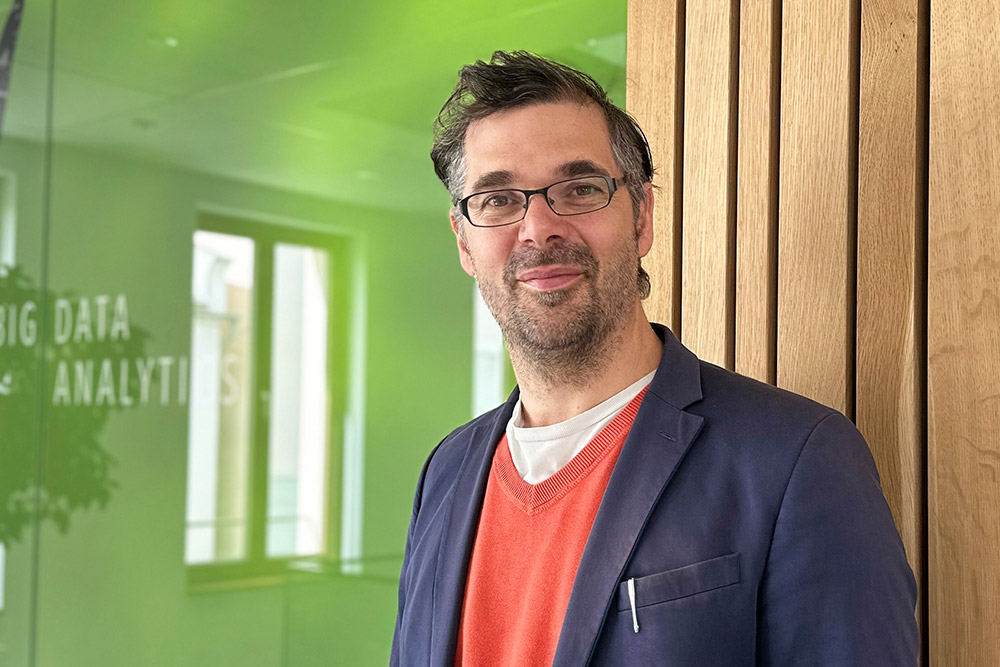
consulting time
drop me a mail
projects
FreshRegio https://www.regiothek.de/p/freshregio, Zukunftslabor 2030 https://www.zukunftslabor2030.de
Other
Bachelor/Master Thesis
https://ilearn.th-deg.de/user/profile.php?id=36858

drop me a mail
FreshRegio https://www.regiothek.de/p/freshregio, Zukunftslabor 2030 https://www.zukunftslabor2030.de
https://ilearn.th-deg.de/user/profile.php?id=36858